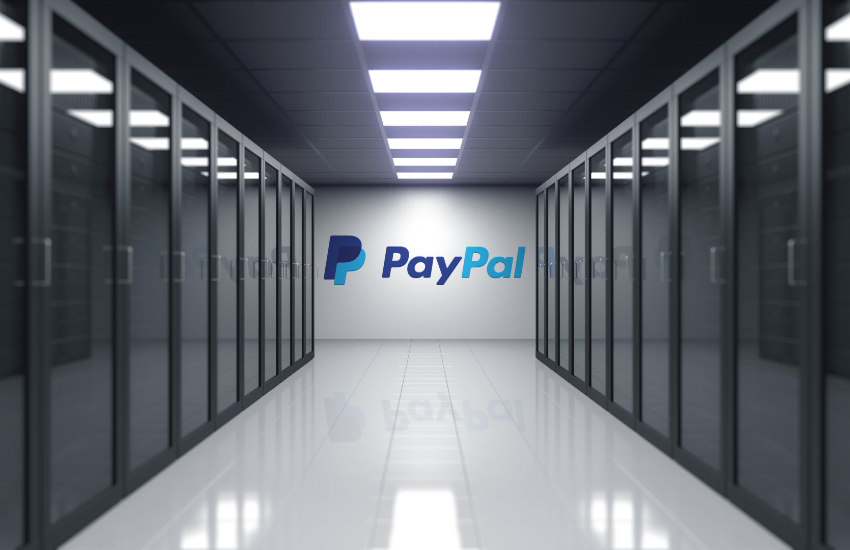
On Friday, PayPal confirmed to Bloomberg that it’s currently researching a PayPal stablecoin. Developer Steve Moser found code inside the PayPal app regarding PayPal Coin, a U.S. dollar backed stablecoin.
A PayPal spokesperson confirmed the code and images came from an internal hackathon by the company’s blockchain, crypto and digital currencies division.
“We are exploring a stablecoin; if and when we seek to move forward, we will of course, work closely with relevant regulators,” Jose Fernandez da Ponte, PayPal SVP of crypto and digital currencies told Bloomberg.
One perspective is PayPal already provides a payment solution, so why would it need a stablecoin? We see several reasons.
Stablecoin appeals to a new market segment – crypto
Quite simply, a stablecoin has the potential to add massive transaction volumes. But right now, the main gains would come from crypto transactions and crypto lending. The latter may not get the green light from regulators.
Currently, the major stablecoins are Tether, with its less than stellar reputation (see NY Attorney General’s ban and CFTC misrepresentation fine), and USDC from the startup Circle. A significant portion of USDC is used for crypto lending.
USDC has more than $43 billion in circulation and has been used for $1.6 trillion in on-chain transactions, the vast majority in the past 18 months. In contrast, 24-year old PayPal, with more than 400 million wallet holders, did $906 billion in transactions in the nine months to end September 2021.
Historically, PayPal has been used mainly for retail and P2P payments versus investing. When PayPal launched the ability to buy and sell crypto, it was very pleased with the take-up and the stickiness within the app.
Potential for lower costs, faster speeds
Today PayPal is largely dependent on existing payment rails by linking a PayPal wallet to bank accounts and credit or debit cards. The average cost to PayPal for a transaction is 0.81%. Unsurprisingly, it costs the company more if a customer funds their transactions through credit and debit cards versus bank account balances or a PayPal balance.
And if PayPal has its own stablecoin, the costs should be closer to that of a PayPal balance.
Although the cost of a transfer on Ethereum is very high today, sidechains, layer two solutions and other blockchains such as Solana and Avalanche are significantly cheaper. And most centralized firms don’t post each and every transaction to the blockchain. They post batches.
Additionally, with a stablecoin, PayPal will receive the money faster than with debit and credit cards, further reducing costs.
The future of payments and programmable money
If one buys into digital currencies as the future of payments, then stablecoins and central bank digital currencies (CBDCs) will likely play a central role. While CBDC might be a while coming, offering a PayPal Coin rather than a third party’s stablecoin makes sense.
Today with more than 400 million users, PayPal is one of the world’s leading wallet providers. But as digital currencies proliferate, there will be considerably more competition in the wallet sphere. Think Meta’s Novi (formerly Facebook Calibra) as one of these entrants. So by rolling out a stablecoin, PayPal can potentially become a payments player beyond its own wallet.
It also gives it a front-row seat for CBDC, and CEO Dan Schulman has stated he wants PayPal to be a CBDC wallet.
DIY or partner with Paxos?
One final observation is that PayPal partnered with Paxos for its initial cryptocurrency offering. Paxos has its own stablecoin, which notably is being used by Meta’s Novi for its pilots because of the regulatory backlash against Diem (formerly Libra). Paxos also drives the number three stablecoin issued by Binance. So a big question is whether PayPal would go the internal route in creating a stablecoin or partner with Paxos.
